Driving from Monterey, California to Las Vegas requires a 250 mile trek across the western portion of the Mojave Desert. All those travelers on Route 66 during the Dust Bowl era coming west welcomed the end of the Mojave Desert when crossing the Tehachapi Mountains to find the irrigated promised land of orchards and agricultural fields around the Bakersfield area in the Big Valley of California.
The drive is tougher for me going east as I leave the forests of the Monterey Peninsula and travel south through the green Salinas Valley and then turn east to cross the California Central Valley to Bakersfield. The Central Valley is a 100-mile wide flat landscape in typically mountainous California.
California’s Big Valley.
The snowcapped Sierra Nevada mountain range was an awesome sight on a clear day looking 100 miles northeast across the valley. Unfortunately, the closer I got to Bakersfield the more obscured the mountains were by the valley smog. In recent years Bakersfield has earned the distinction of being the city with the dirtiest air in the country; even smoggier than Los Angeles 100 miles to the south.
East of Bakersfield Highway 58 climbs from an elevation of 400 feet above sea level at Bakersfield to 3,793 feet at Tehachapi Pass, the lowest pass in what is considered the southern boundary of the Sierra Nevada mountain range. Mt. Whitney, the highest mountain peak in the US 48 is about 120 miles northeast of Tehachapi.
Tehachapi is a welcome landscape of natural trees after crossing the Central Valley landscape of oil pumpjacks, the California aqueduct, Interstate 5 and fruit orchards. I recall the Four Points Bakersfield having an oil pumpjack in the hotel parking lot when I stayed there a couple years back.
Tehachapi, California
Tehachapi is the border between the Sierra Nevada mountain range and the Mojave Desert. The change in topography creates a wind channel. A new kind of farming happens in these parts.
Tehachapi Pass Wind Farm seen from California Highway 58.
The highway east descends 1,000 feet and there is no doubt you are in the desert once on the eastern side of Tehachapi Pass.
Vast windfarm in the Mojave Desert east of snow-dusted Tehachapi Mountains.
Mojave, California is located at the base of the Tehachapi Mountains and this is the location of the Mojave Air and Space Port where hundreds of commercial aircraft are kept in storage.
Commercial aircraft storage at Mojave Air and Space Port.
I have driven by the Mojave airfield many times over the past two decades, but this is the first time I actually stopped and got out of my car to photograph the jets sitting in the desert about five miles from Highway 58. I recognized the tail colors for Delta and United/Continental among the aircraft.
The daytime temperature in early January was in the low 40s. In summer this area is frequently over 100 degrees.
The Mojave Desert is a stark environment. Walk a couple of hundred yards on the desert rock and sand, then imagine being a pioneer traveler crossing hundreds of miles of this vast desert. Mountains are all around. Mountain passes are few and far between.
Mojave Desert off California Highway 58.
Desert ravens.
A beautiful sight to see in the Mojave Desert is the Joshua Tree or Yucca Brevifolia. These Yucca genus trees were named by Mormon pioneers crossing the Mojave Desert in the mid-1800s. They are an indicator species of the Mojave Desert. Along the route to Las Vegas they tend to be seen at elevations between 4,000 and 5,500 feet, although they apparently grow at lower elevations in other locations.
Joshua Tree (Yucca brevifolia) in Mojave Desert of California.
As I was preparing to leave the newly built Valley Wells Rest Area off Interstate 15 in California I caught sight of something moving in the sagebrush.
Mojave Desert wild burros.
Apparently burros were brought to the southwest by the Spanish. They are native to northeastern Africa and have been domesticated over 5,000 years. Mojave Desert mining activity in the 1800s relied on hardy burros for much of the physical labor. Many burros were left to roam the desert landscape once mining activity ceased. Wild burros are a contentious issue due to their impact on the desert environment. I was delighted to see them anyway.
After nine hours and 500 miles of driving I reached Las Vegas, the largest metropolis in the Mojave Desert.
There are many unusual and unnatural sights to see in Las Vegas. Some are quite attractive.
Winter’s beauty – The Venetian, Las Vegas.
I am in Las Vegas for the New Media Expo, #NMX on Twitter. Last night I had the opportunity to visit some luxury suites at Caesars Palace and taste some beers I never had before at the new Gordon Ramsey Pub and Grill with a small group of travel bloggers for a private press tour. After getting invited to special press events at the Aria, Cosmopolitan and Caesars in the past three years, I have to ask myself the question:
Is being a travel blogger kind of like being a high roller in Vegas?
Ric Garrido, writer and owner of Loyalty Traveler, shares news and views on hotels, hotel loyalty programs and vacation destinations for frequent guests. You can follow Loyalty Traveler on Twitter and Facebook and RSS feed.


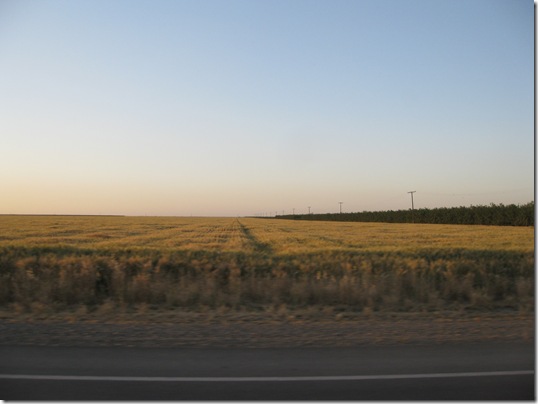
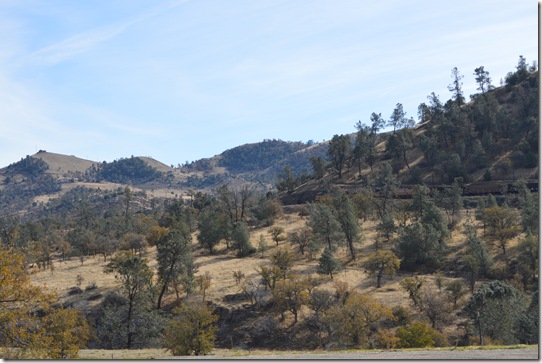
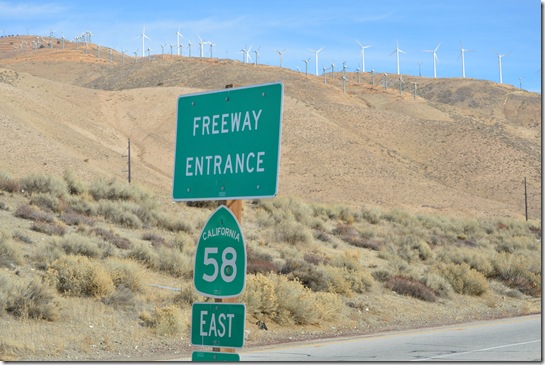
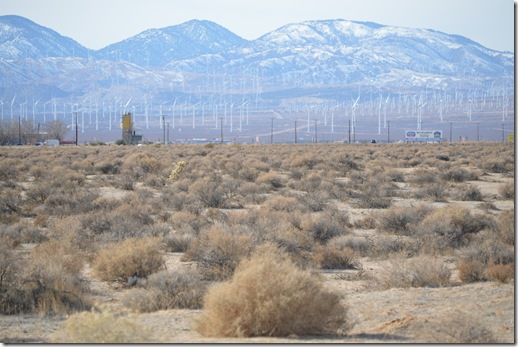
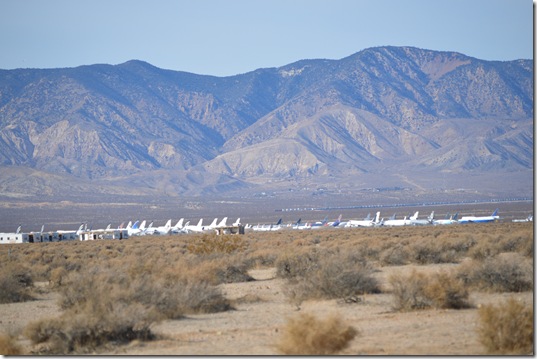
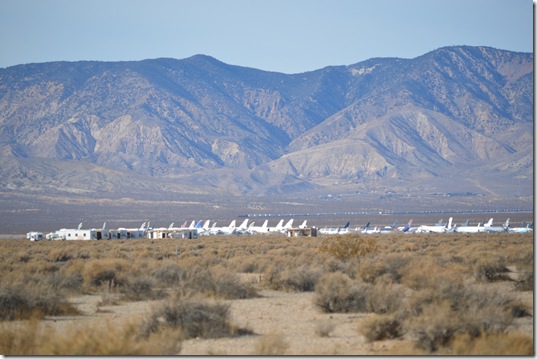
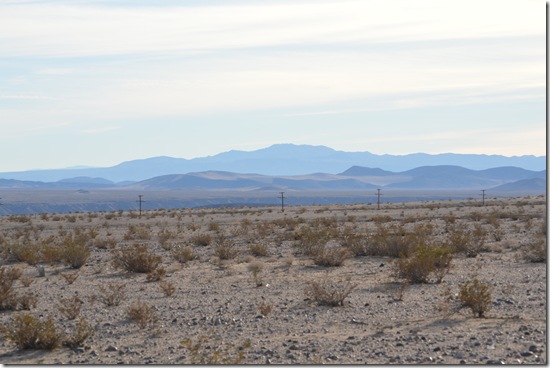
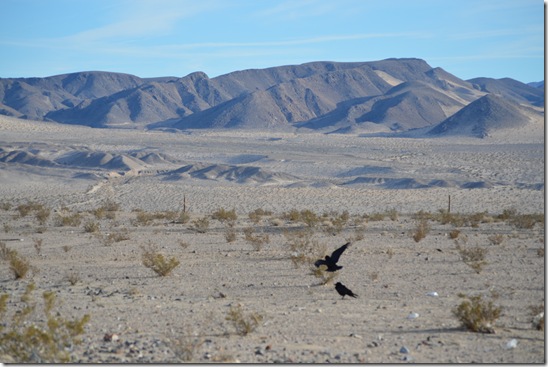
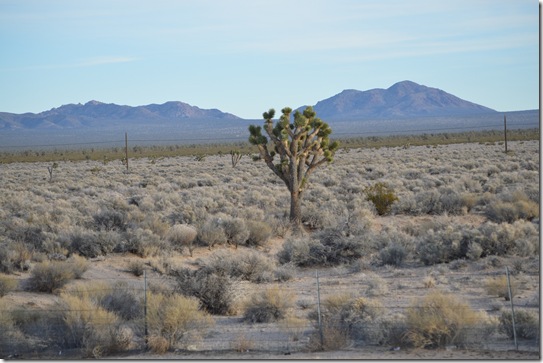
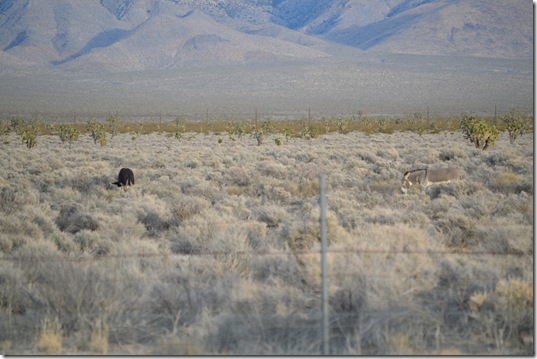

12 Comments
Comments are closed.